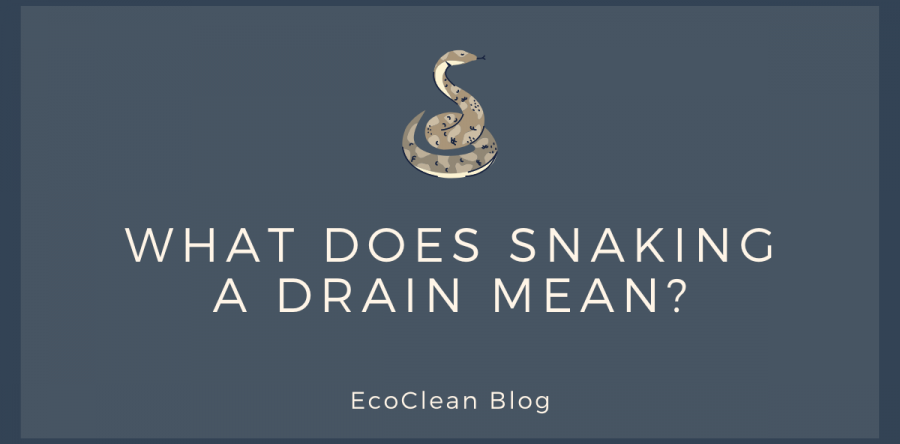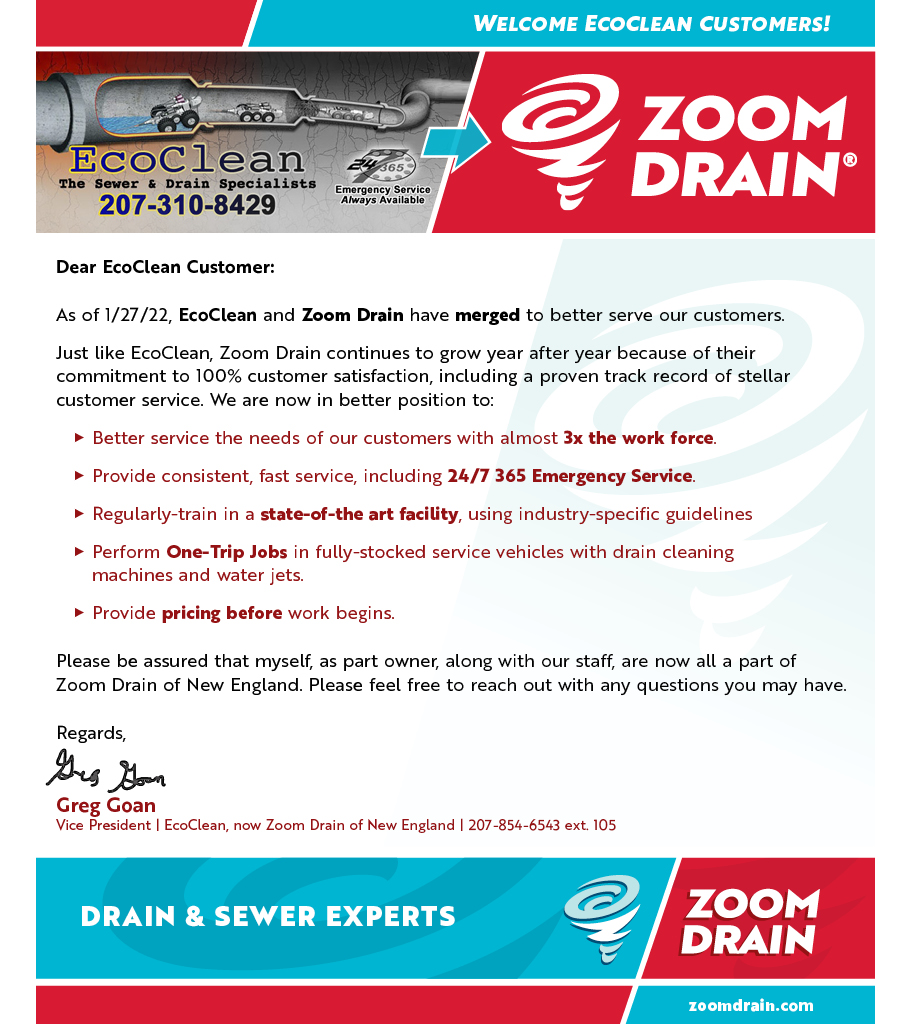For stubborn clogs that are proving resistant to plunging, it may be time to break out plumbing's secret weapon – the drain snake. Technically, it's called a drain auger but is nicknamed the snake due to its coiled shape.
Drain snakes, also sometimes known as plumbing snakes or sewer snakes, are usually about 1/4-inch thick with a handle on one end. A typical sink clog can be cleared by using a 25- or a 50-foot drain snake. To clear a clog, you simply unspool the snake into the pipe and crank it to drive the snake into the obstruction. As parts of the clog start to break up and flush through the drain, you can then use the snake to pull the remaining clog out.
Some snakes even come with an attachment on an electric drill. This gives it more strength to power through the clog. Due to their length, snakes are especially handy for clogs located deep within a drainpipe.
Here's a step-by-step guide on how to clear a clog using a drain snake:
- Insert the end of the snake into the drain opening, and turn the handle on the drum containing the coiled snake.
- If you have trouble getting the snake to bend as it travels around the curve in the trap under the sink, simply apply more pressure to the handle.
- Keep uncoiling the snake deeper into the drain until you reach the clog and feel resistance.
- Once you hit the clog, being rotating the snake. This will help it to chop up and dislodge the clog. Keep rotating until you feel it begin to move about more freely in the pipe. If you don't notice the resistance loosening, pull the snake back out of the drain. It will likely bring the clog along with it.
- Once the clog is cleared, run the water for a few minutes to make sure the drain is truly unclogged.
Using a drain snake is simple, but it's better to keep clogs from happening in the first place. Here are three simple tips to help prevent clogs from forming:
- Use a strainer. Clogged kitchen sinks are often the result of food and other foreign materials entering the drain. By using a sink strainer, you can prevent items from going down the drain that shouldn't be.
- Don't dump building materials down the drain. People working on projects in their home or business often dispose of building materials such as plaster or wallboard compound down the drain. These materials can easily harden in drainpipes, leading to – you guessed it – clogs.
- Run the water while using your garbage disposal. If you have a garbage disposal, run the water at the same time you are running the disposal, and for about a minute after you are done. This will help flush any food waste completely out of the sink drainpipe and into the larger main drainpipe, where it’s much less likely to cause a clog.
If you have a stubborn clog that you are unable to remove with a drain snake at your home or business, give the professionals at EcoClean a call at 207-310-8429.


